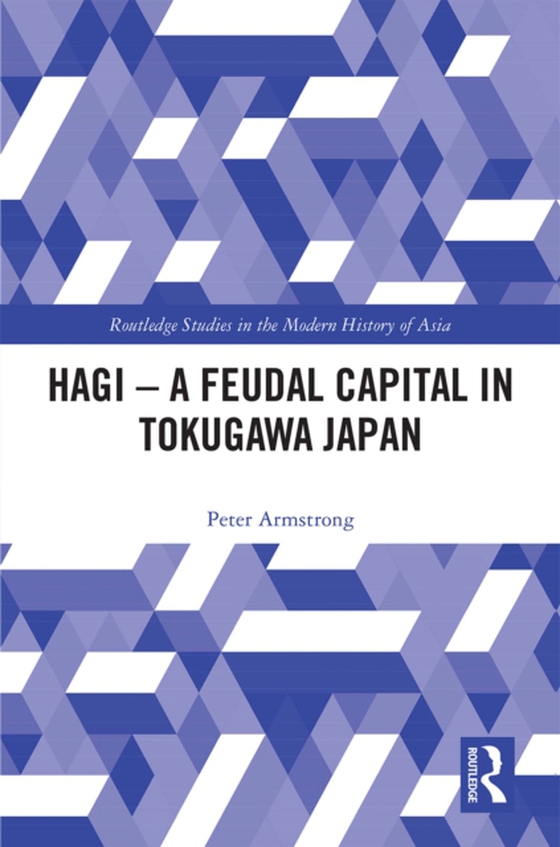
Hagi - A Feudal Capital in Tokugawa Japan e-bog
348,37 DKK
(inkl. moms 435,46 DKK)
The western Japanese city of Hagi is the town in Japan which has preserved the greatest level of Tokugawa period (1600-1868) urban and architectural fabric. As such it is a major tourist destination for both Japanese and non-Japanese visitors. The city is also very important historically in that it was the capital of the feudal daimyo domain - Choshu - which spearheaded the reform movement from...
E-bog
348,37 DKK
Forlag
Routledge
Udgivet
5 juni 2019
Længde
200 sider
Genrer
1FPJ
Sprog
English
Format
pdf
Beskyttelse
LCP
ISBN
9781351105231
The western Japanese city of Hagi is the town in Japan which has preserved the greatest level of Tokugawa period (1600-1868) urban and architectural fabric. As such it is a major tourist destination for both Japanese and non-Japanese visitors. The city is also very important historically in that it was the capital of the feudal daimyo domain - Choshu - which spearheaded the reform movement from the 1850s onwards which led to the overthrow of the Tokugawa shogunate and the foundation of Japan in its modern form. This book, rich in detail and very well illustrated, is both an urban and social history of this important town. It outlines the development of the layout of the city and its castle, relates this to the history of its lords, the Mori family, and their place in Japanese history; and sets Hagi in the context of the wider Choshu domain. The book includes a discussion of contemporary arrangements aimed at preserving Hagi's historical heritage.
 Dansk
Dansk

